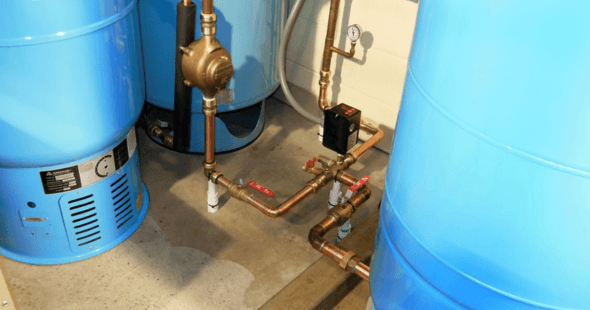Discovering your well water has taken on a brownish tint or carries an unpleasant taste can be unsettling. Often, this issue is due to tannins, organic compounds derived from plants and trees as they decompose. Tannins can affect water aesthetics, causing discoloration and a slightly bitter taste, though they are not harmful to health. If your water supply is battling with tannins, here’s a step-by-step guide on how to clear it up.
Understanding Tannins
First, it’s important to understand what tannins are. They are natural organic matter that can leach into water sources, especially in areas surrounded by dense vegetation. While tannins in water are not considered a health risk, they can interfere with water softeners, reduce the efficiency of cleaning agents, and stain laundry and fixtures. Knowing you’re dealing with tannins is the first step towards effective treatment.
Testing Your Water
Before you embark on any treatment process, confirm that tannins cause your water woes. Many local water treatment professionals or testing laboratories offer simple water tests. These tests not only confirm the presence of tannins but also measure their concentration, which is crucial for selecting an appropriate treatment method.
Treatment Options for Tannins in Well Water
Once you’ve established that tannins are present in your well water, there are several effective treatment methods to consider:
Ion Exchange Resins
Similar to water softeners, ion exchange systems can be specifically designed to target and remove tannins. These systems replace tannins in the water with sodium ions, significantly reducing their presence. Proper maintenance, including regular regeneration with salt, is essential to ensure their effectiveness and longevity.
Reverse Osmosis (RO) Systems
For a more thorough purification process, consider installing a reverse osmosis system. RO systems are highly effective at removing tannins and a wide range of other contaminants by forcing water through a semipermeable membrane. This process can remove up to 99% of dissolved salts, particles, colloids, and organics, including tannins, from your water.
Activated Carbon Filters
Activated carbon filters are another viable solution for tannin removal. These filters absorb organic compounds, including tannins, effectively reducing odors and improving the taste of your water. They are relatively easy to maintain, with the primary requirement being regular replacement of the carbon filter media.
Maintaining Your Water Treatment System
Regardless of the treatment method you choose, regular maintenance is key to long-term success in managing tannins in your well water. This includes periodic testing of your water to monitor tannin levels and ensuring that any filtration media or system components are in good working order.
Prevention Tips
While it’s challenging to prevent tannins from entering your well water entirely, there are measures you can take to minimize their impact:
- Regularly inspect and maintain your well to prevent surface water, which may contain higher tannins, from entering your water supply.
- If you’re in an area prone to high tannin levels, consider landscaping choices that reduce the amount of organic material that could leach into your water source.
- Stay informed about your water quality through annual testing, which can help you address any issues proactively.
Conclusion
While tannins in well water can be a nuisance, they are not insurmountable. You can significantly reduce or eliminate their presence with the right approach and treatment method, improving your water’s taste, color, and overall quality. Remember, the key to success is identifying the issue through testing, selecting an appropriate treatment solution, and maintaining your system to ensure your well water remains clear and refreshing.

